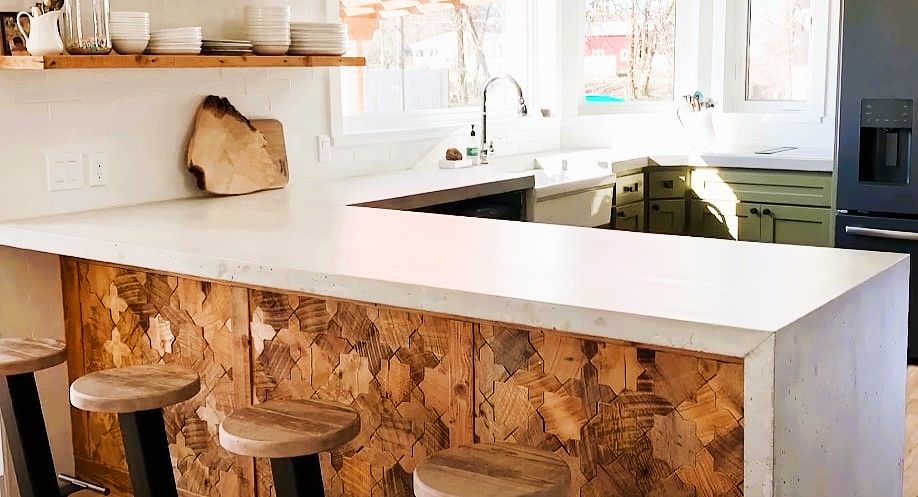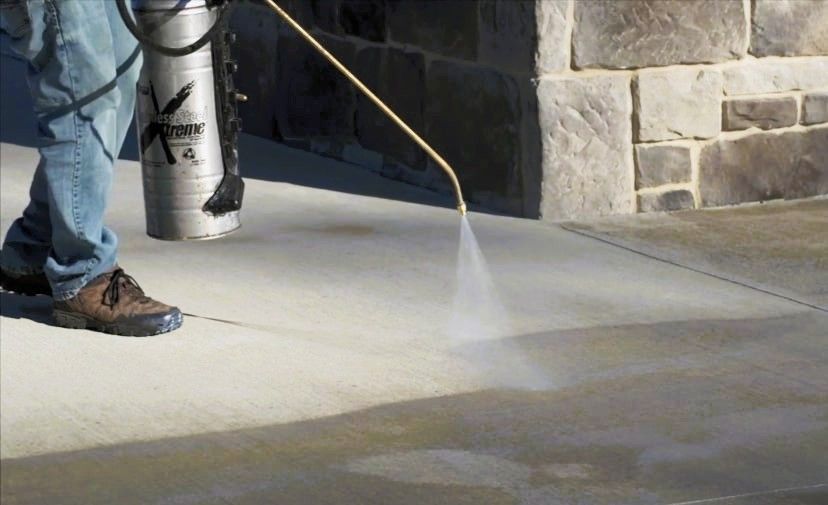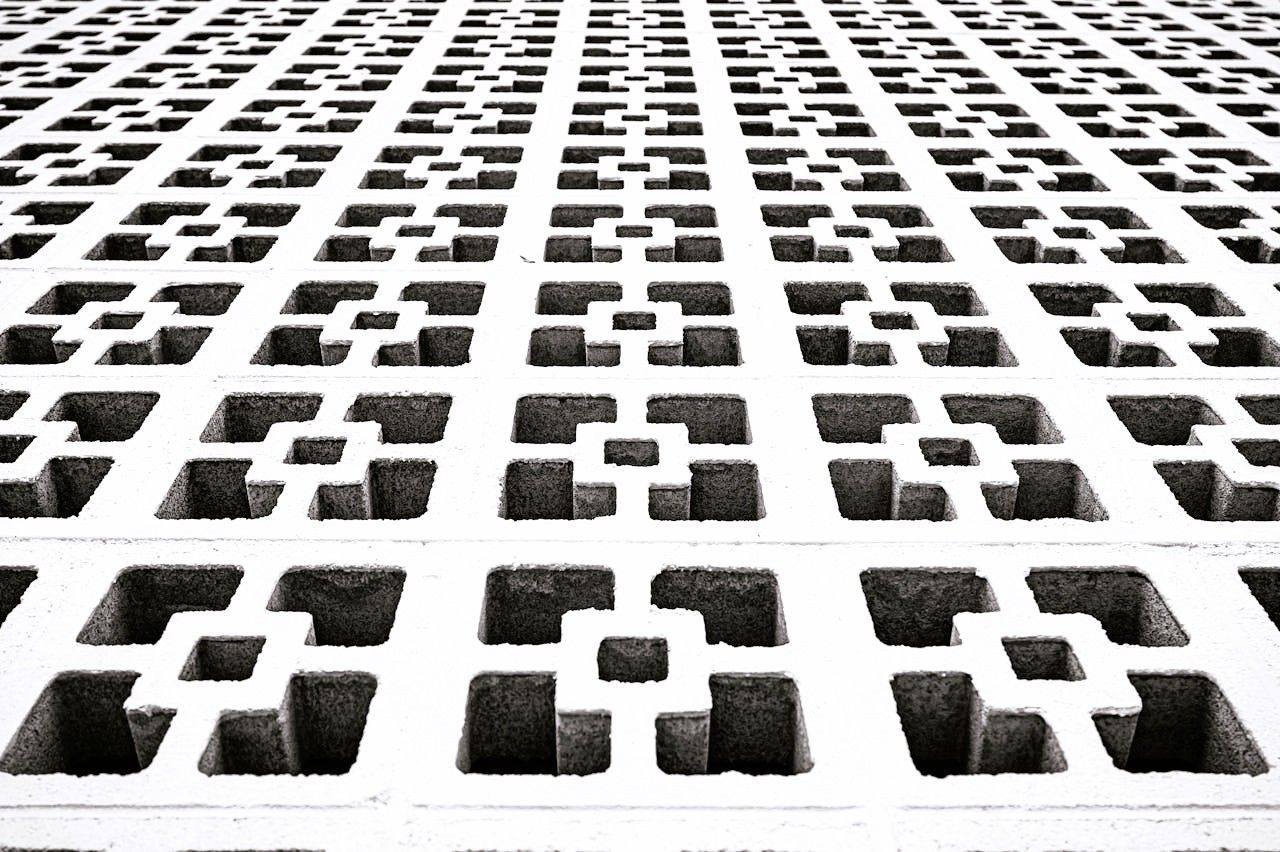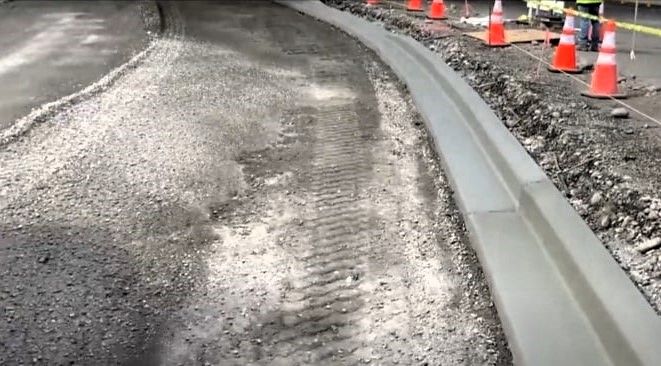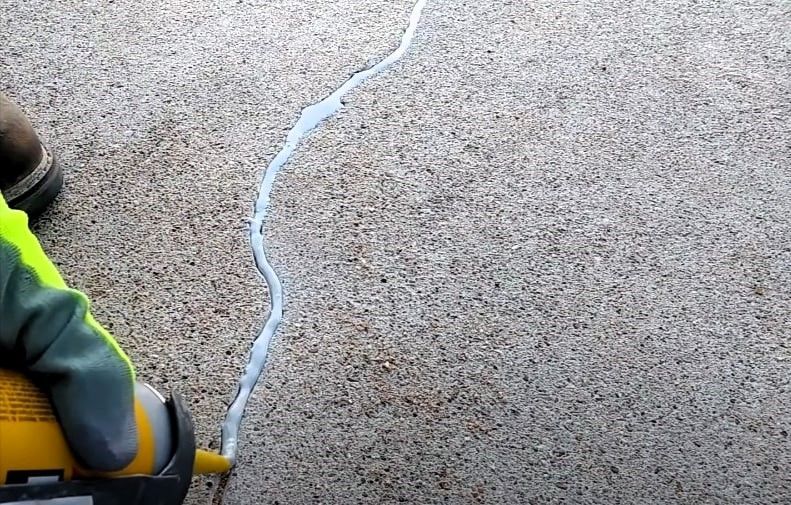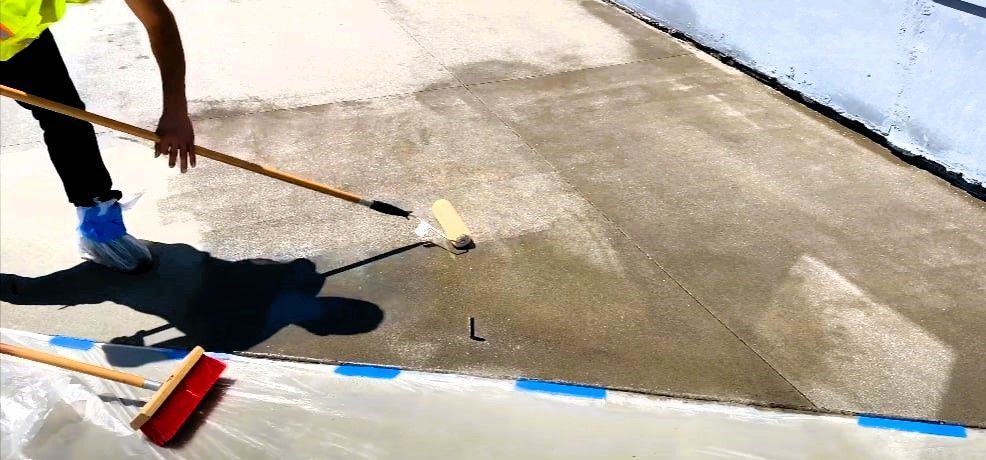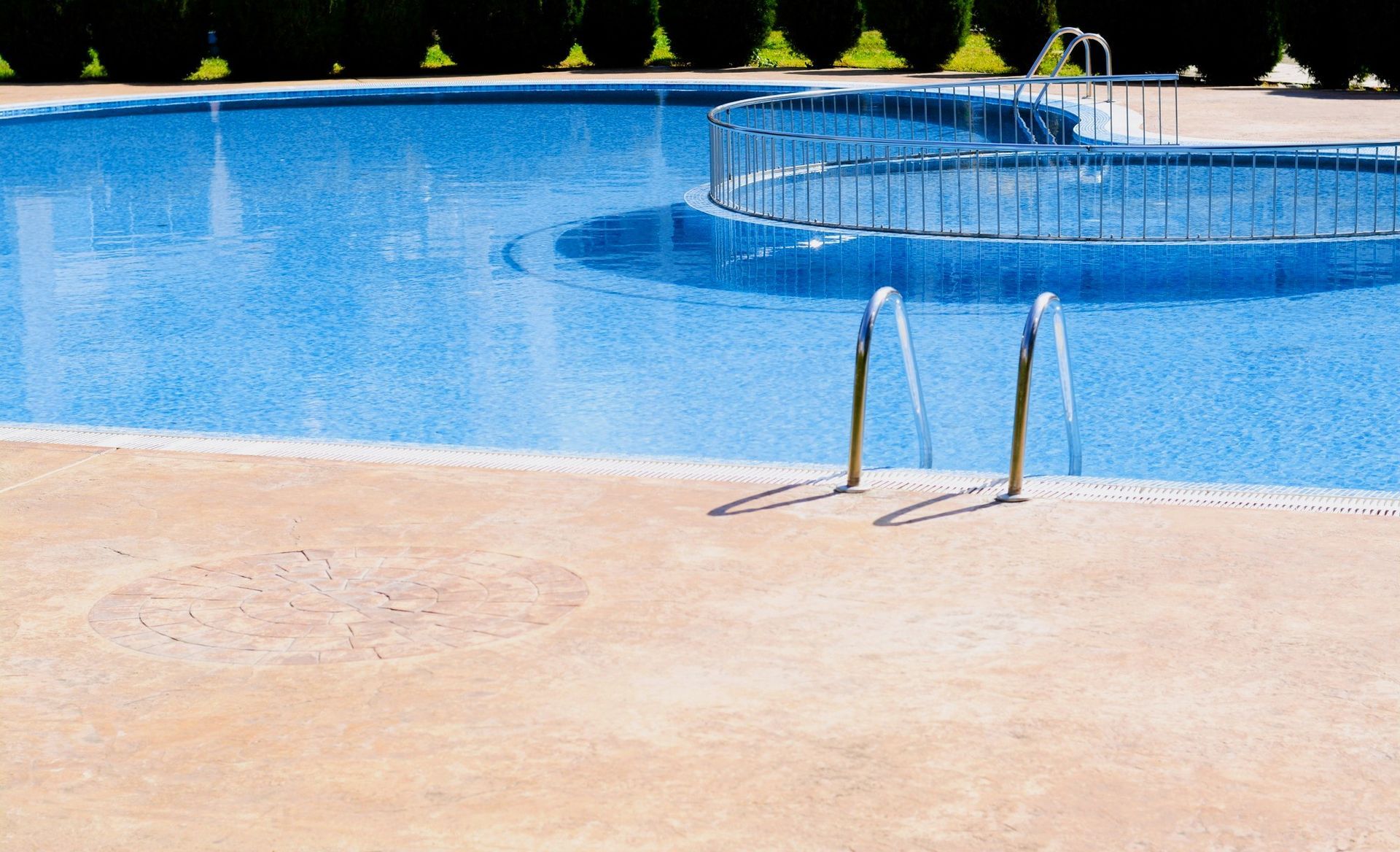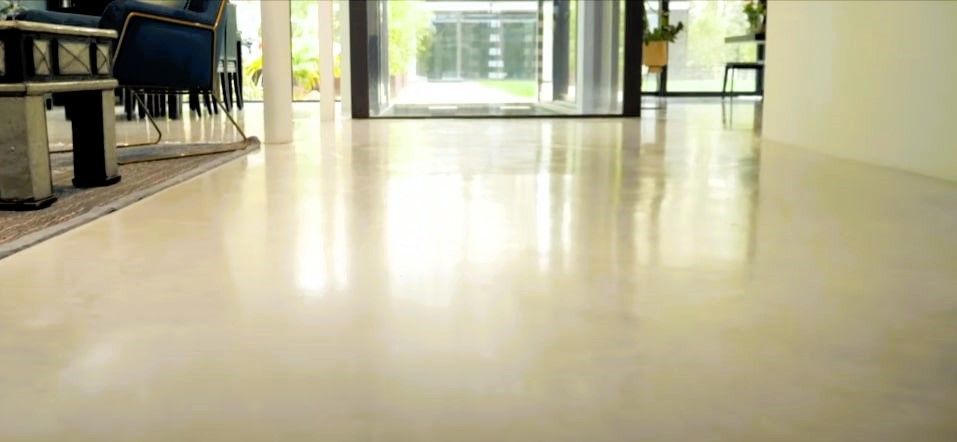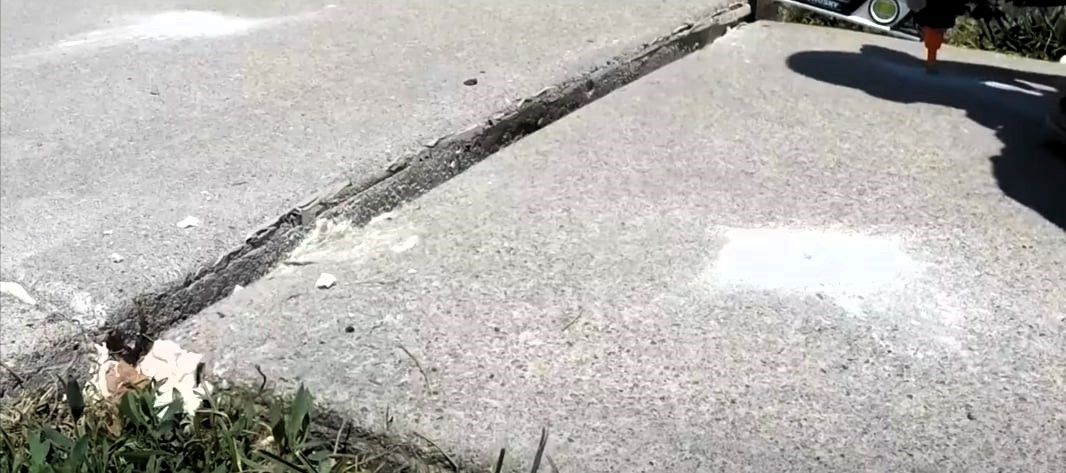Eco-Friendly Concrete Alternatives: Build Smarter, Not Harder
The best eco-friendly alternatives to traditional concrete
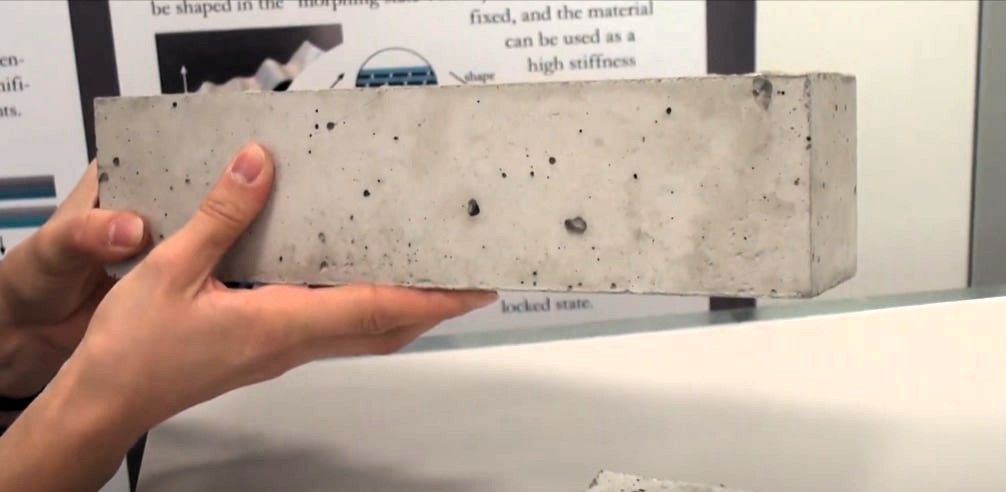
Concrete has been the king of construction for centuries—used in roads, bridges, homes, and just about everything in between. Here’s the issue: conventional concrete wreaks havoc on the environment. Cement, its key component, accounts for roughly 8% of global CO₂ emissions. Factor in the enormous water consumption and the heaps of construction debris filling up landfills, and it’s obvious we need a smarter, more sustainable alternative.
The future of construction is evolving, bringing exciting alternatives to traditional concrete. New, cutting-edge materials are emerging that are durable, eco-friendly, and planet-positive. If you're gearing up for a new project or a renovation, now's the time to explore smarter, more sustainable options.
Why Traditional Concrete Is an Environmental Problem
Before exploring alternatives, let’s unpack the harmful impact of traditional concrete.
1. Sky-High Carbon Emissions
Cement production alone pumps an alarming amount of carbon dioxide into the air—more than most industries. It’s one of the biggest contributors to climate change, and with the growing demand for construction, it’s only getting worse.
2. Excessive Water Use
It takes a shocking amount of water to make concrete. In drought-prone areas, this isn’t just wasteful—it’s unsustainable.
3. Endless Waste
Concrete isn’t easy to recycle. Old buildings and roads often get demolished, and that rubble? It usually ends up clogging landfills.
Clearly, traditional concrete is due for a makeover. The good news? We have eco-friendly alternatives that actually work.
The Rise of Green Concrete
Green concrete is exactly what it sounds like—an environmentally friendly version of traditional concrete. Instead of using 100% cement, it incorporates recycled materials or alternative binders that cut down on carbon emissions and waste while maintaining the strength and durability we expect.
What Makes Green Concrete a Game-Changer?
- Lower Carbon Footprint: Uses industrial byproducts like fly ash or silica fume to replace a portion of cement.
- Less Waste, More Recycling: Incorporates materials that would otherwise end up in landfills.
- Stronger & Longer-Lasting: Many green concrete mixtures are even more durable than traditional concrete.
Smart Substitutes for Cement
Want to cut back on cement use? These sustainable alternatives are making waves in the construction industry:
1. AshCrete
Made from fly ash (a byproduct of burning coal), AshCrete is a solid substitute for traditional cement. It’s strong, durable, and reduces industrial waste.
2. Blast Furnace Slag Concrete
This material replaces up to 80% of cement with slag—a leftover from steel manufacturing. Not only does it reduce emissions, but it also makes concrete stronger and more resistant to cracking.
3. Silica Fume Concrete
A byproduct of silicon and ferrosilicon production, silica fume makes concrete denser and more durable, cutting down the need for maintenance and repairs.
Recycled Materials in Concrete: A Smarter Use of Waste
What if old materials could replace some of the raw materials in concrete? Turns out, they can.
1. Papercrete
A blend of shredded recycled paper and cement, Papercrete is lightweight and energy-efficient. It’s not just good for the environment—it also reduces construction costs.
2. Recycled Concrete Aggregate
Old concrete can be crushed and reused as aggregate in new mixes, reducing the need for fresh stone and keeping debris out of landfills.
3. Glass Concrete
Crushed recycled glass adds aesthetic appeal and increases durability while giving new life to discarded glass.
4. Plastic Waste Concrete
Yes, even plastic waste is finding a second life in construction. By replacing traditional aggregates with shredded plastic, this concrete is lighter, more sustainable, and helps reduce plastic pollution.
Next-Level Innovations in Sustainable Concrete
The future of eco-friendly construction isn’t just about replacing materials—it’s about revolutionizing them.
1. Composite Cement (Buatex Wall System)
This system combines foam beads and composite materials to create walls that are fireproof, storm-resistant, and highly energy-efficient.
2. Carbon-Absorbing Concrete (Novacem)
Picture a concrete that removes CO₂ from the air rather than releasing it. That’s the innovation behind Novacem. This magnesium-based cement actively absorbs carbon, making it carbon-negative—a revolutionary step for sustainable construction.
Build Smarter with Sustainable Concrete
Traditional concrete has had its time, but it’s time to move toward greener, smarter building solutions. With materials like AshCrete, recycled concrete, and carbon-absorbing cement, homeowners and builders can reduce environmental impact without sacrificing strength or durability.
Looking to try sustainable concrete solutions for your next project? At Holland Custom Concrete, we’re passionate about providing eco-friendly,
durable concrete options tailored to homeowners in Holland, MI.
Reach out today and let’s work together to create a greener, more sustainable future—one project at a time.

